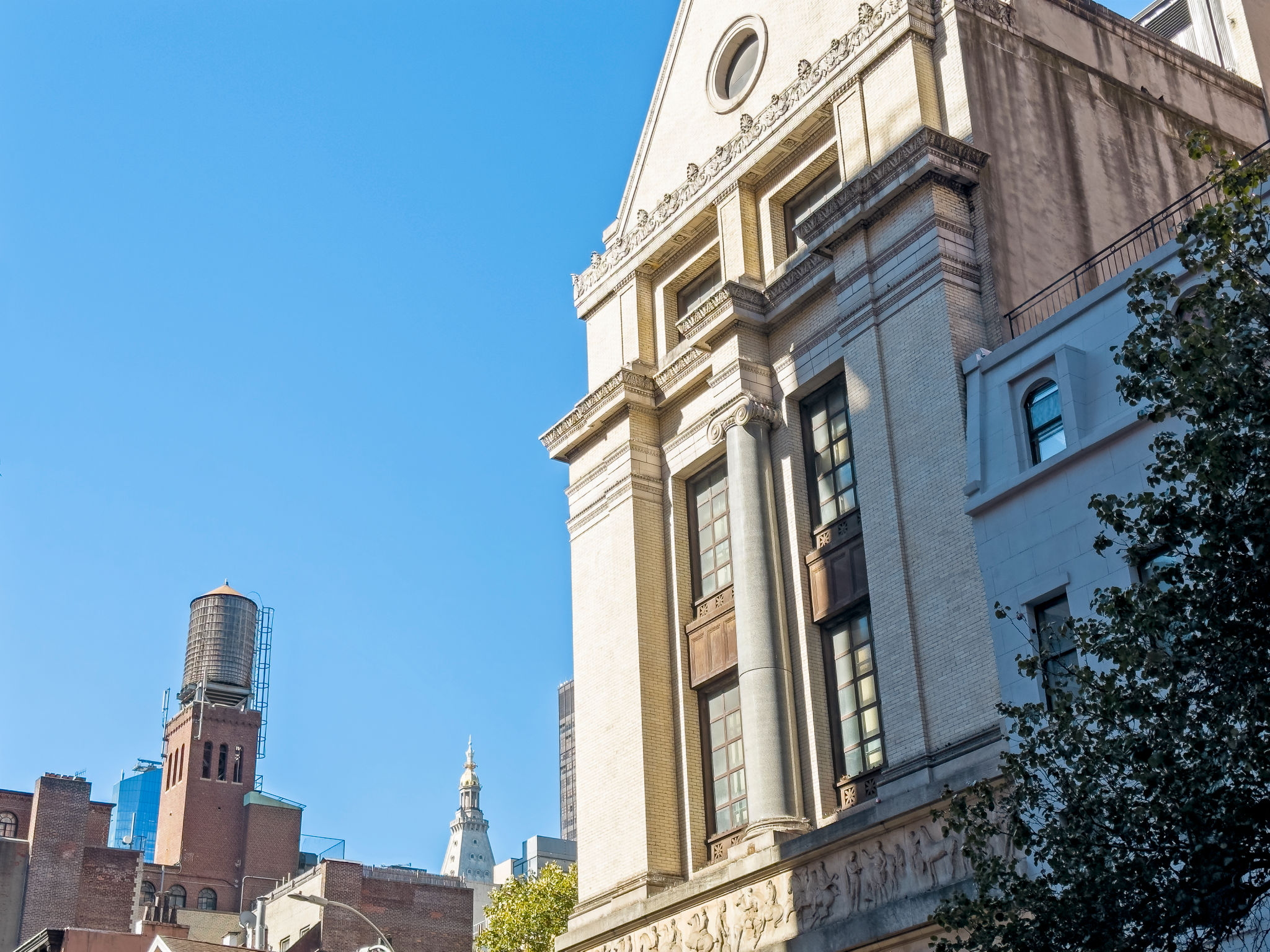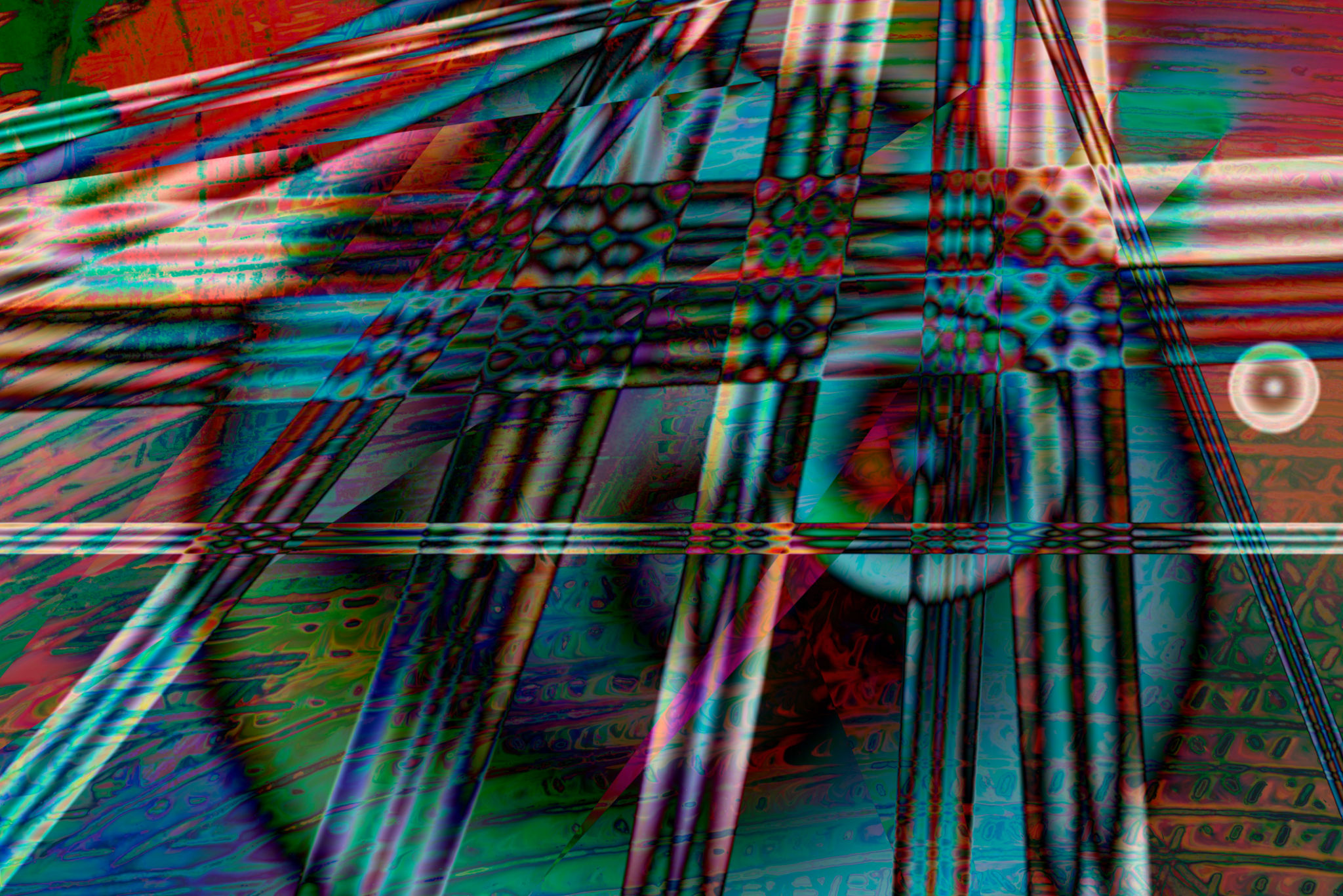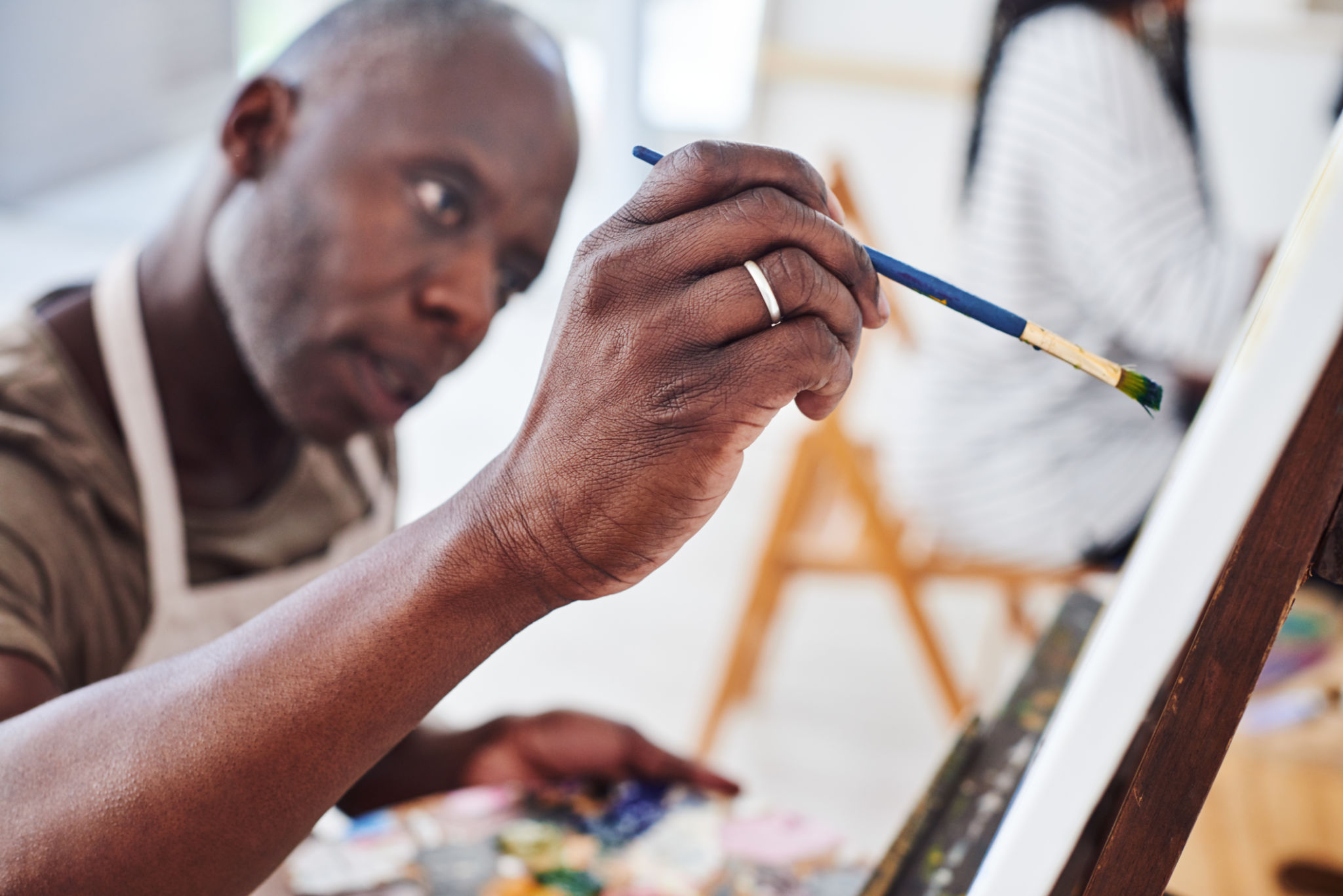The Rise of Contemporary Black Art: A Look into Its Evolution and Impact
The Roots of Contemporary Black Art
The evolution of contemporary Black art is a journey rooted in resilience, cultural expression, and the reclaiming of narratives. Historically, Black artists have been marginalized within the mainstream art world, yet they have consistently created compelling works that reflect their experiences, histories, and aspirations. The rise of contemporary Black art is not only a testament to artistic innovation but also to the relentless pursuit of visibility and representation.
In the early 20th century, movements such as the Harlem Renaissance marked a pivotal moment for Black artists in America. This era was characterized by a flourishing of African American culture, which found expression through literature, music, and visual arts. Artists like Aaron Douglas and Augusta Savage played crucial roles in shaping a unique African American aesthetic that challenged prevailing stereotypes.

Key Influences and Movements
Several key movements have influenced the trajectory of contemporary Black art. The Civil Rights Movement of the 1960s and 1970s was a catalyst for change, inspiring artists to create works that addressed social justice issues and celebrated Black identity. The Black Arts Movement, often considered the artistic arm of the Civil Rights Movement, encouraged artists to produce politically engaged works that resonated with the struggles and triumphs of Black communities.
In more recent times, the Afrofuturism movement has gained traction, blending science fiction, history, and fantasy to explore the African diaspora's cultural heritage and future possibilities. This genre challenges traditional narratives and offers a space for imagining new realities for Black people globally.

The Impact on the Global Art Scene
Today, contemporary Black art has a significant impact on the global art scene. Artists such as Kara Walker, Kehinde Wiley, and Yinka Shonibare have gained international acclaim for their thought-provoking works that tackle themes of race, identity, and colonialism. Their pieces often prompt viewers to reconsider historical narratives and engage in meaningful dialogue about race and culture.
Moreover, the rise of digital platforms has allowed Black artists to reach wider audiences, bypassing traditional gatekeepers in the art world. Social media has become a powerful tool for artists to share their work, connect with other creatives, and build supportive communities.

Challenges and Opportunities
Despite these advancements, challenges remain for contemporary Black artists. Issues such as underrepresentation in major galleries and museums persist. However, there are growing opportunities with initiatives aimed at promoting diversity within the art world. Institutions are increasingly recognizing the importance of inclusivity in their collections and exhibitions.
Additionally, community-driven projects and independent galleries continue to provide platforms for emerging Black artists. These spaces often serve as incubators for new talent and offer audiences access to diverse artistic perspectives.
The Future of Contemporary Black Art
The future of contemporary Black art looks promising with a new generation of artists who are pushing boundaries and redefining what it means to be a Black artist today. Their works not only celebrate cultural heritage but also address pressing global issues such as climate change, migration, and social inequality.
As these artists continue to evolve their practices, they contribute to a dynamic and ever-expanding landscape that challenges conventional norms and fosters dialogue across cultures. The rise of contemporary Black art serves as an inspiring reminder of the power of creativity as a force for change.
